
Our
Evolution
Never standing still
From the innovators to the culture-makers, the people that have worked, lived and gathered in Fitzrovia Quarter have all played their part in shaping the dynamic neighbourhood we know today. Take a deeper dive into the long-running themes that influence our area’s ongoing evolution.

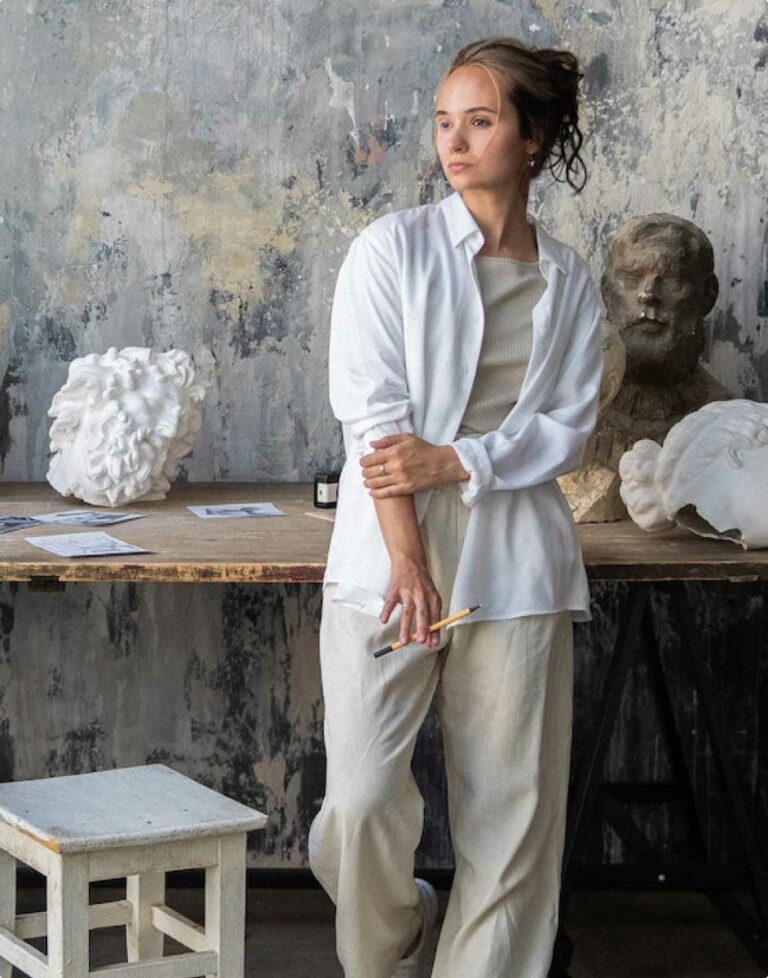
Culture
Fitzrovia’s elegant streets have inspired iconic cultural moments, from the subversive to the sublime.
Enraptured audiences through the years have flocked to the area. They have watched players perform Shakespeare at the Princess Theatre, speakers spread enlightenment at intellectual discussion symposiums, and rock and roll royalty belt out their hits at The Speakeasy Club (before taking home a slice of entertainment for themselves when HMV moved into the Oxford Walk shopping mall).



48 Margaret Street
Name-checked in lyrics by The Who and Elvis Costello, 48 Margaret Street’s basement was home to The Speakeasy Club (or simply The Speak). The venue was renowned as a must-visit destination for fans looking to rub shoulders with rock gods and witness iconic performances. Hosting culture-defining moments from legendary artists such as – shown in the photograph – 1950s rocker Bill Haley, The Speak has continued to influence up-and-coming generations of musical superstars.
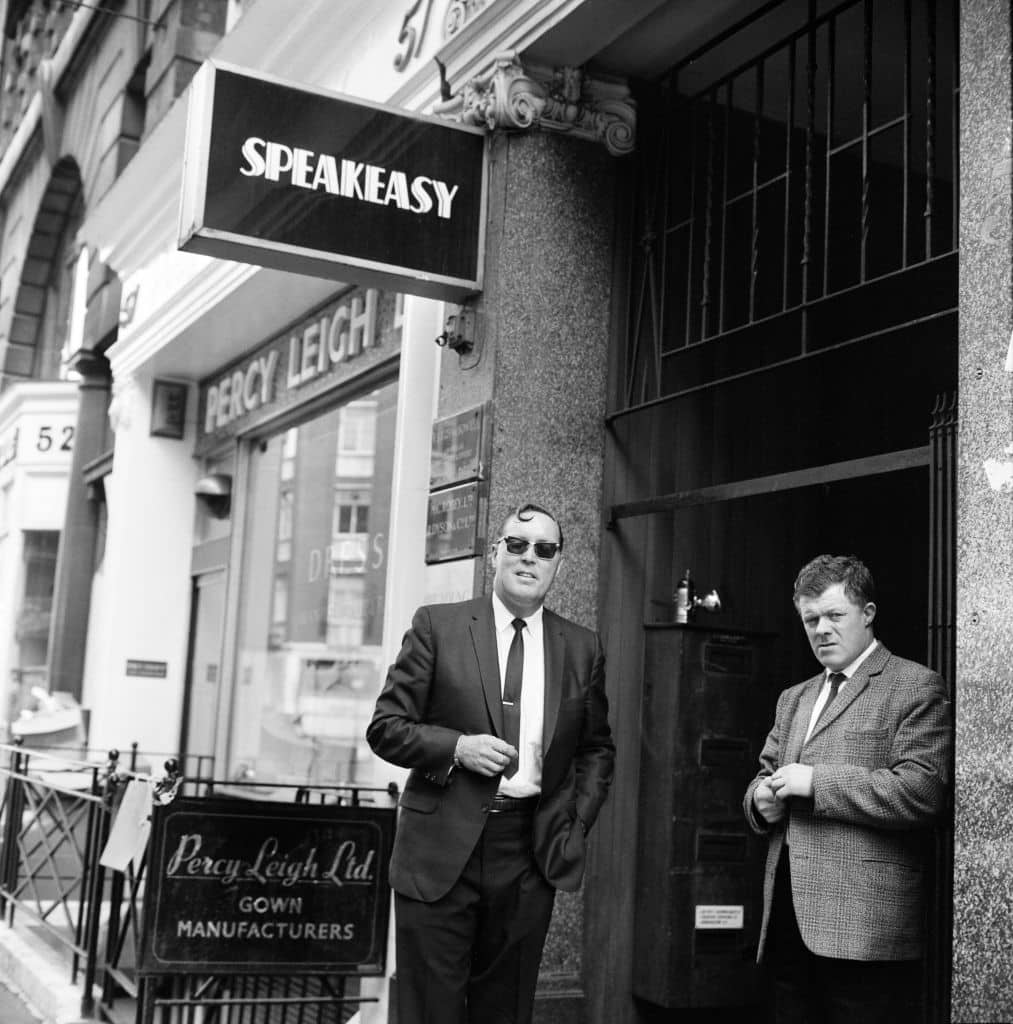


Innovation
Our neighbourhood has long held its position at the cutting edge of industry.
The epicentre of the automotive trade when the sector was in its infancy, eager customers would visit Fitzrovia’s numerous car showrooms to marvel at the latest models. Today, our trailblazing companies are driving innovation in different ways. Our lively streets are home to brands creatively harnessing digital tools, offering unique customer experiences, and carving out sustainable and future-proof ways of working.
79 Margaret Street
At 75 (later 78) Margaret Street, Henry Maudslay – pioneer of the British tool-making industry – set up shop. He was right next to Schweppes’ bottled water warehouse at number 76 (later 79).
80 employees worked for Maudslay’s bustling business, block-making machinery for Portsmouth Dockyard behind the building’s picturesque frontage. This industry-defining machinery cut down on the number of skilled labourers needed for this task. A feat that paved the way for assembly-line style factories as we know them today.
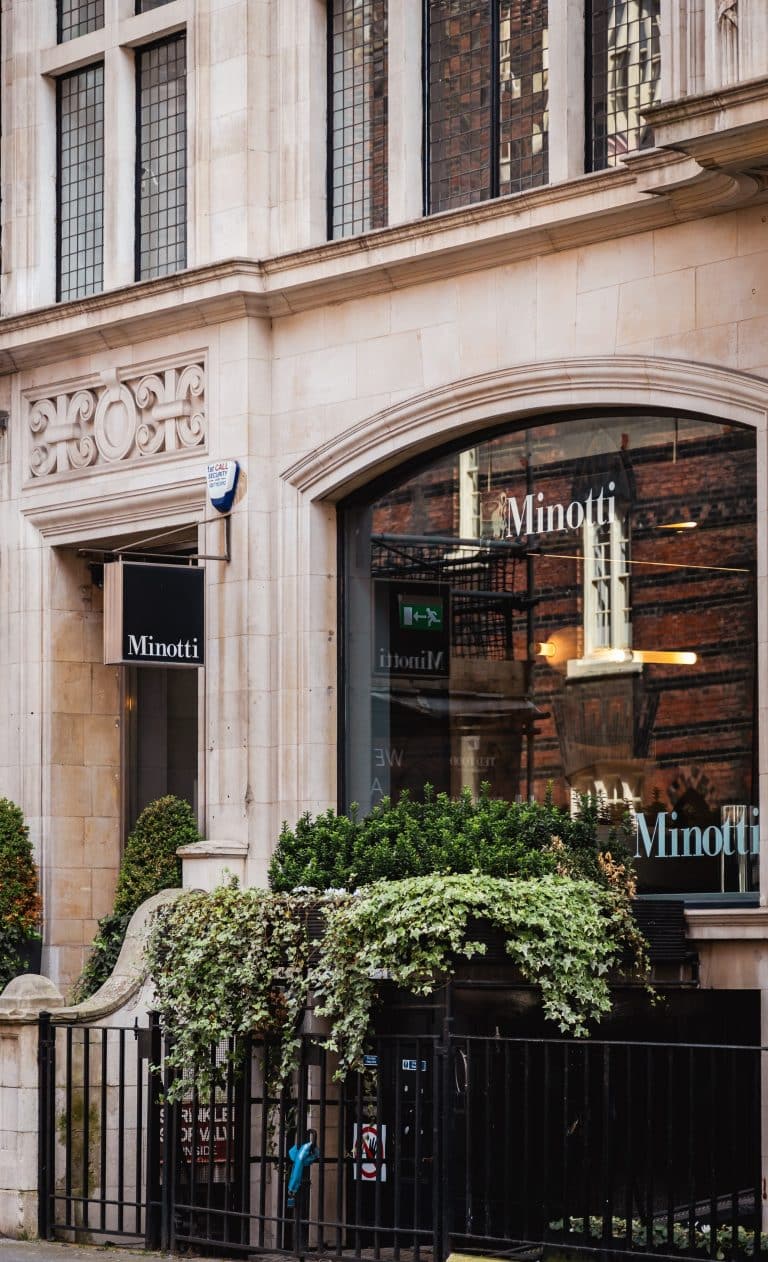
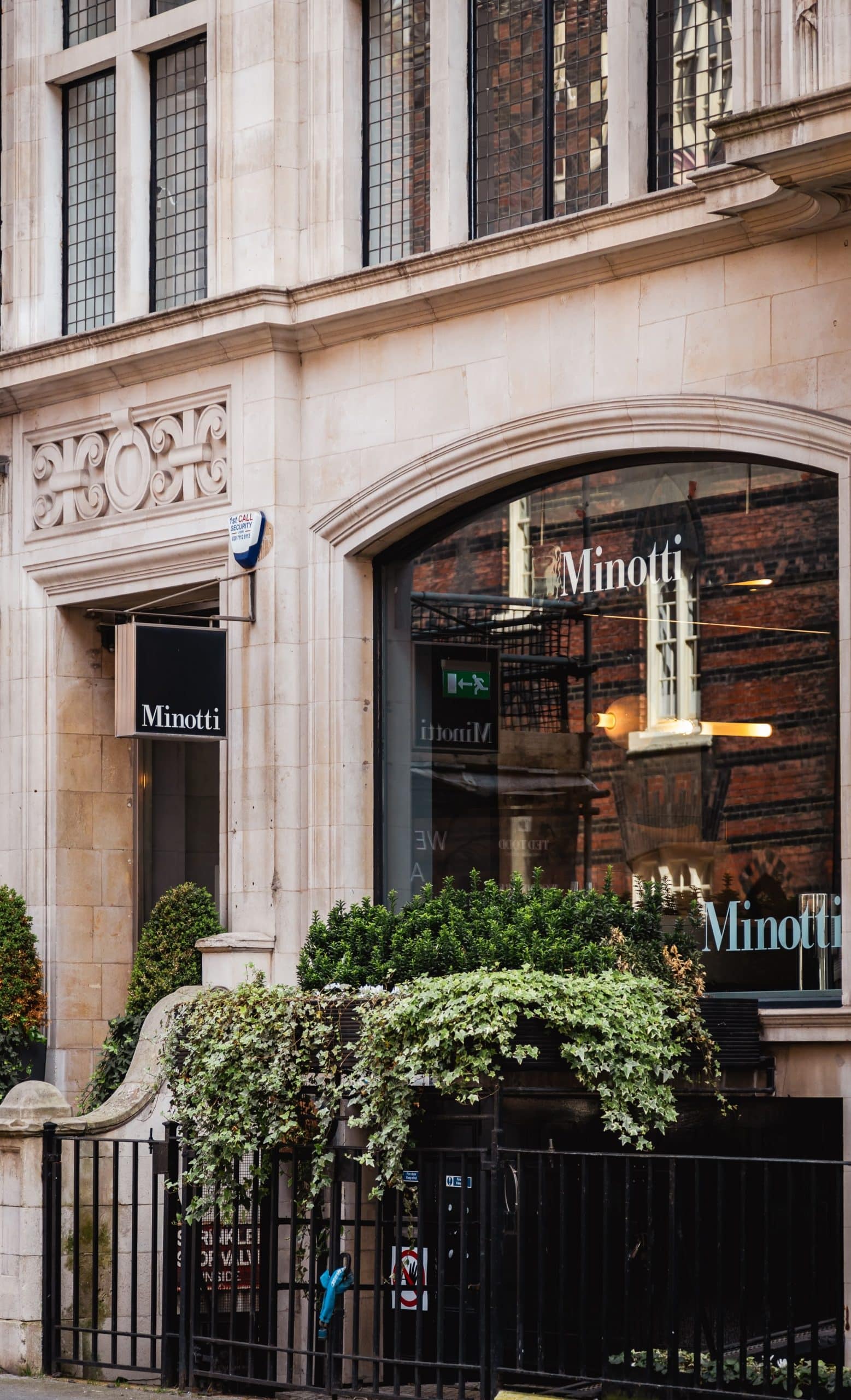

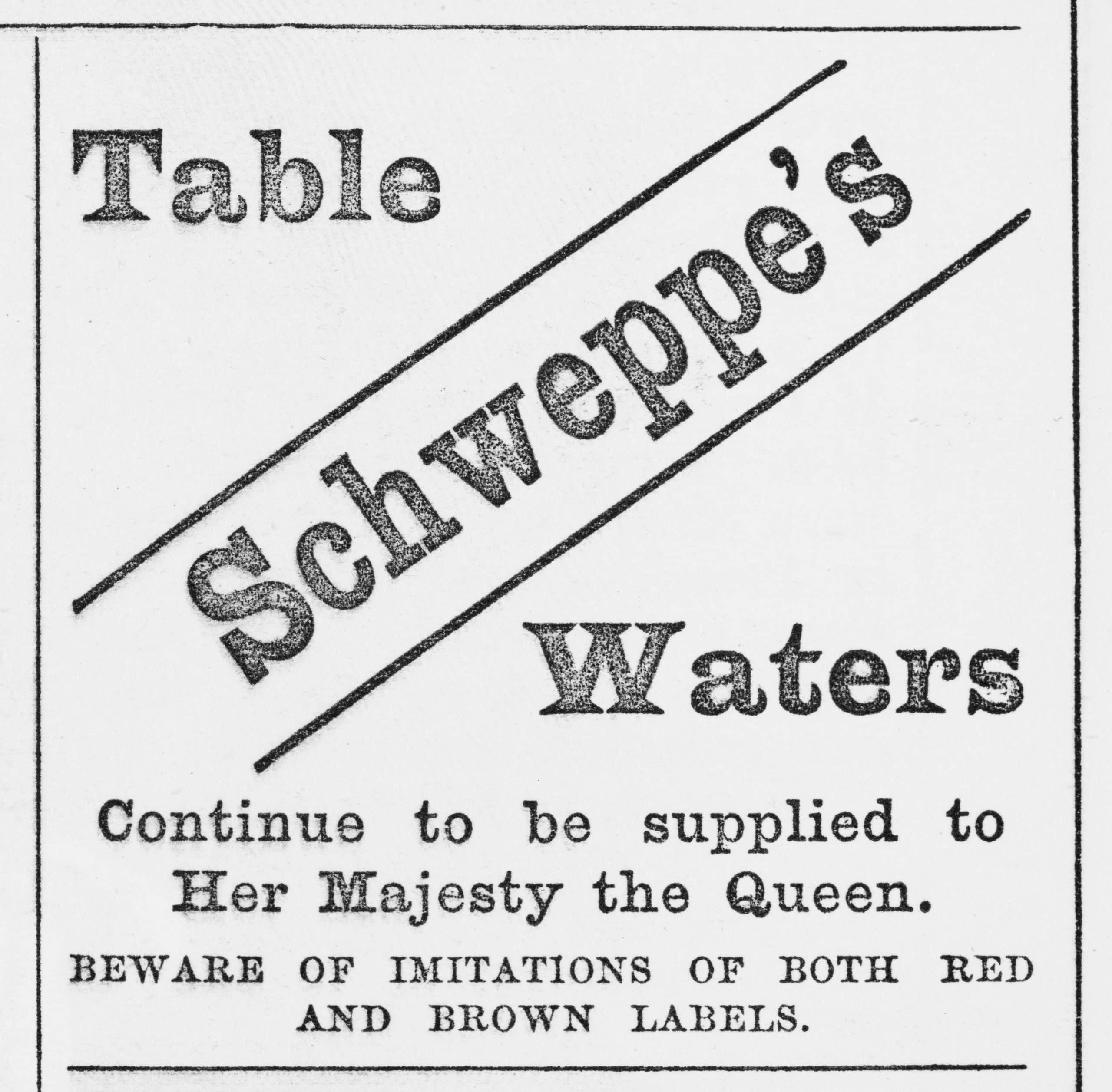

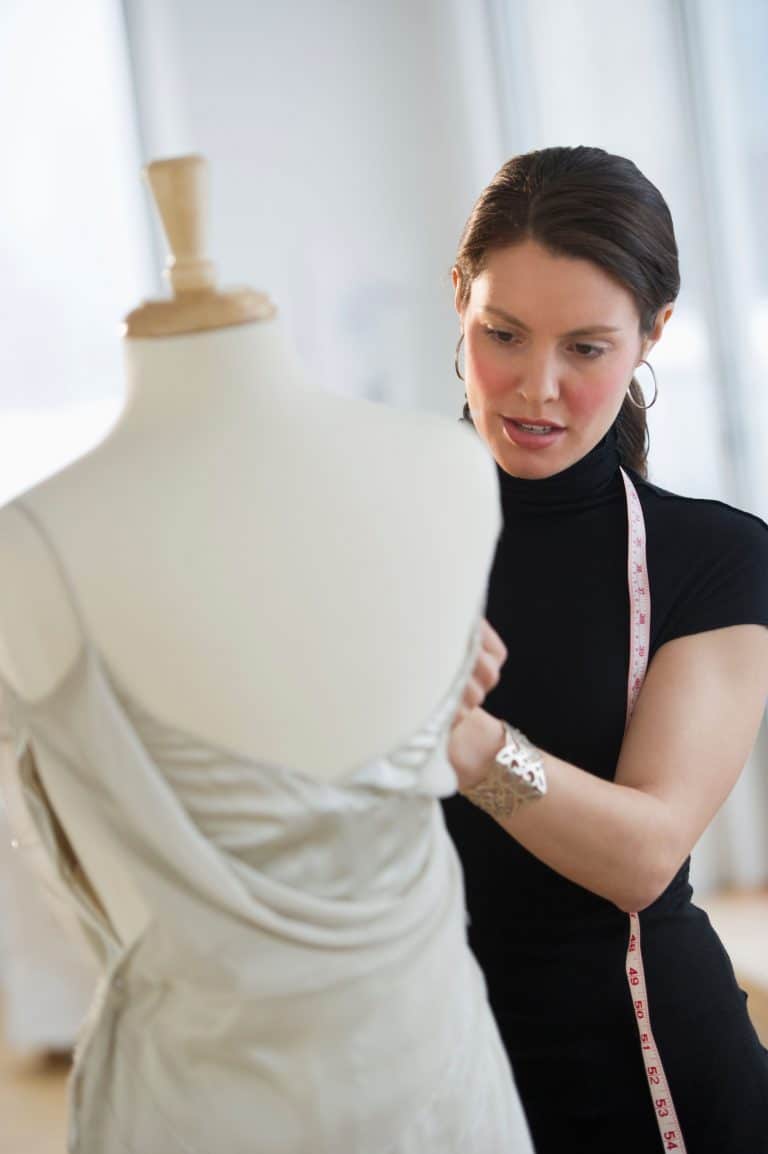
Making
Craftsmanship and ingenuity define the area’s evolution, from traditional crafts to modern media.
Margaret Street is a prime example of the neighbourhood’s continual transformation. It has shifted focus from fashion to media, swapping out lacemakers, milliners and gown-designers for filmmakers, production companies and game developers. As Fitzrovia has evolved through the centuries, it has seamlessly adapted to industry changes, forging a dynamic community at the forefront of creative innovation.



19-21 Great Portland Street
The site of 19–21 Great Portland Street has seen multiple transformations over the years. Creativity has always been a common thread.
The site was initially developed as a single (but sizeable) private residence. Later, it was home to a coach-making workshop. It’s been subsequently rebuilt and replaced with businesses as diverse as car showrooms, dressmakers’ studios and trendy eateries. The interior is an embodiment of craftsmanship. During its motor trade days, the striking staircase dominated the space. An exquisite feature that helped distinguish the showroom from its rivals.



Leisure
Our culturally vibrant neighbourhood has always appealed to artists and entertainment-seekers.
The neighbourhood’s pubs, restaurants, night spots and coffee shops have hosted leading thinkers, cultural icons and visionaries – from Dante Gabriel Rosetti to Oscar Wilde and Jimi Hendrix. Fitzrovia continues to attract fun-loving Londoners and tourists, drawn to the area’s unique culture that balances the energetic buzz of the city with pockets of unexpected tranquillity.
40-48 Great Portland Street
Literary luminaries such as Peter Pan author, JM Barrie, and iconic stars of the stage, including Sarah Bernhardt, regularly descended here. Located at 40–48 Great Portland Street was the bohemian Italian restaurant, Pagani’s.
Anyone could dine downstairs, but entrance to its decorative Art Nouveau-style upper floor was exclusively reserved for creatives. Of those who made it to the top of the staircase, over 5,000 actors, writers, artists and musicians eventually scrawled their marks across its lino-clad walls. The original building may have been demolished, but the establishment’s celebrated spirit of creativity lives on through the area’s continual evolution and transformation.
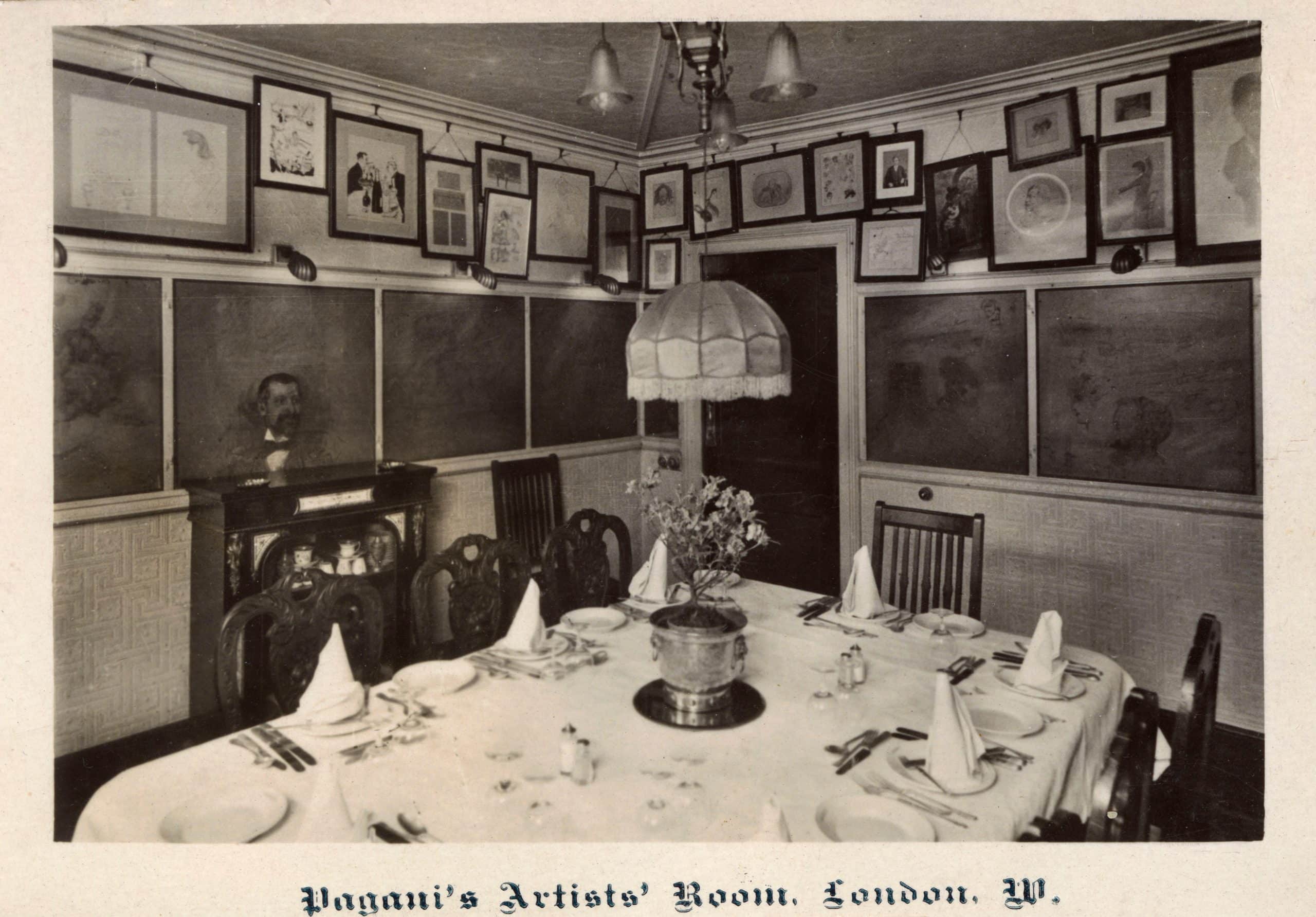


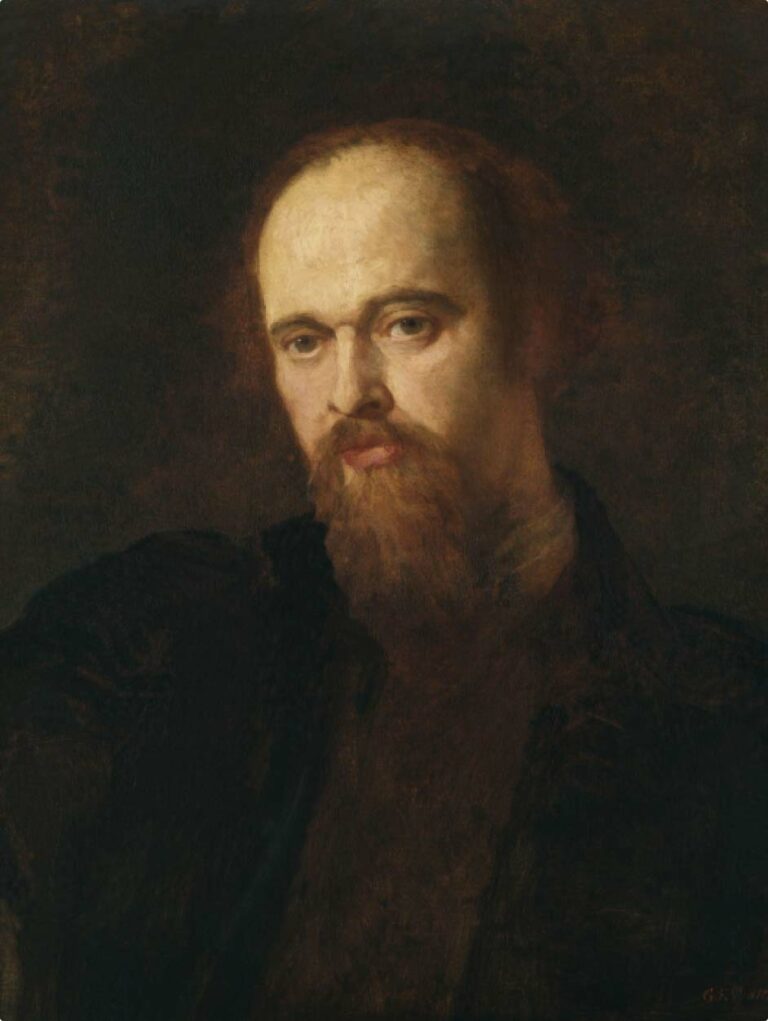
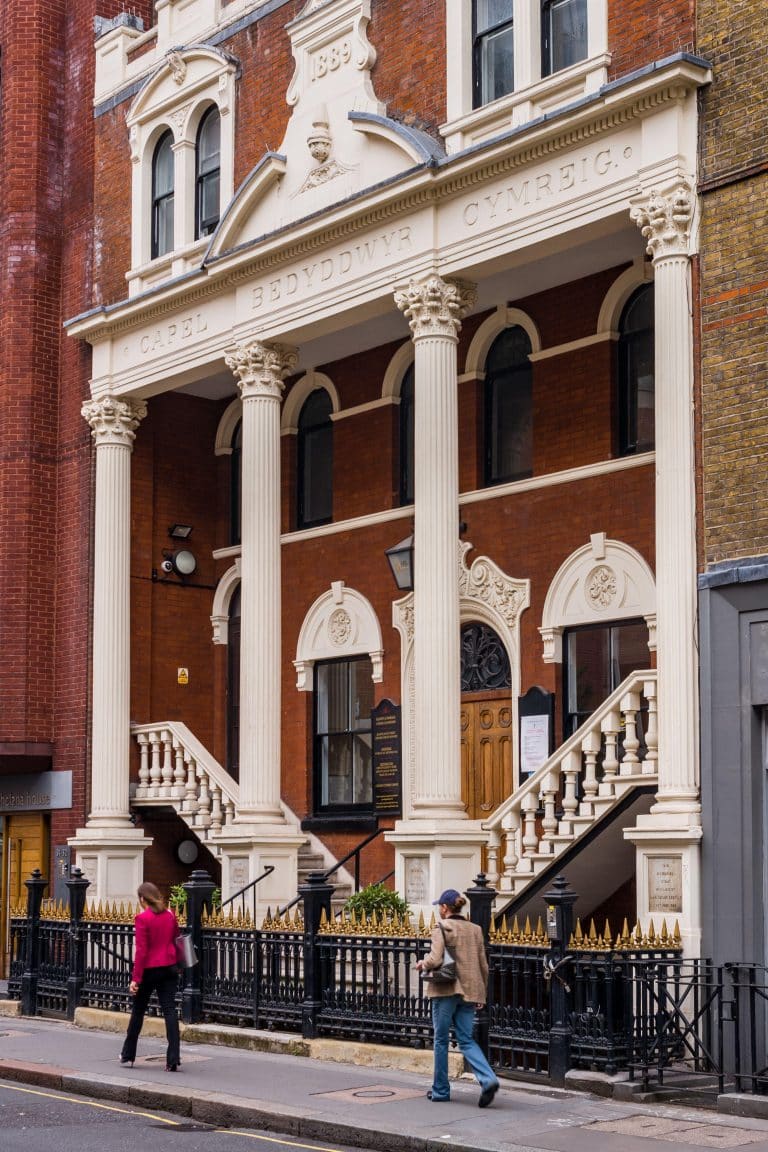
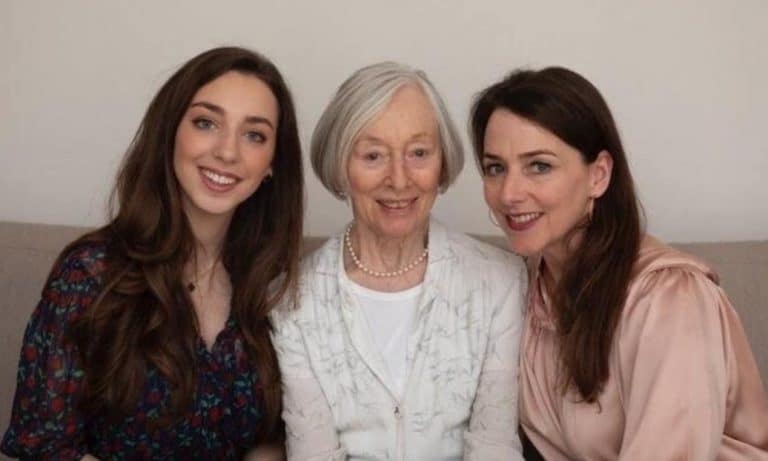
Inclusivity
Free-thinkers and diverse groups are warmly welcomed into our inclusive neighbourhood.
Anglo-Catholic churches and synagogues have been established moments away from non-conformist groups, underground music venues and elite societies for intellectual discussion.
Today, Fitzrovia’s various independent establishments include the pioneering Gillian Jason Gallery, dedicated to female and non-binary artists. This is just one example of how the community’s open-minded and forward-thinking nature bridges the area’s past, present and future.
93 Mortimer Street
This Grade II listed property has provided space for intellectual debate and spiritual discussion across a varied spectrum of belief systems.
Once acting as a synagogue for the local Jewish community, it was repurposed as Langham Hall following its congregation’s relocation several doors up the road. Visitors to the lecture theatre would hear from a diverse array of spiritualists, authors and renowned thinkers.
An elite association of Germans in London, known as the German Athenaeum, were next to move into the building. Networking events, concerts and exhibitions soon filled the spacious rooms.
